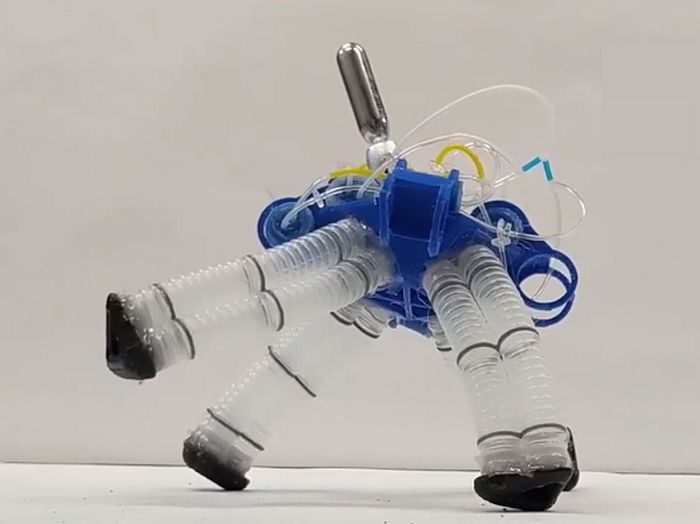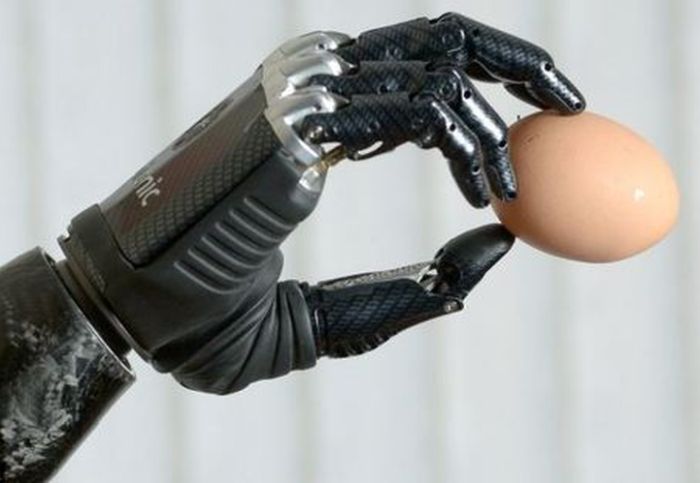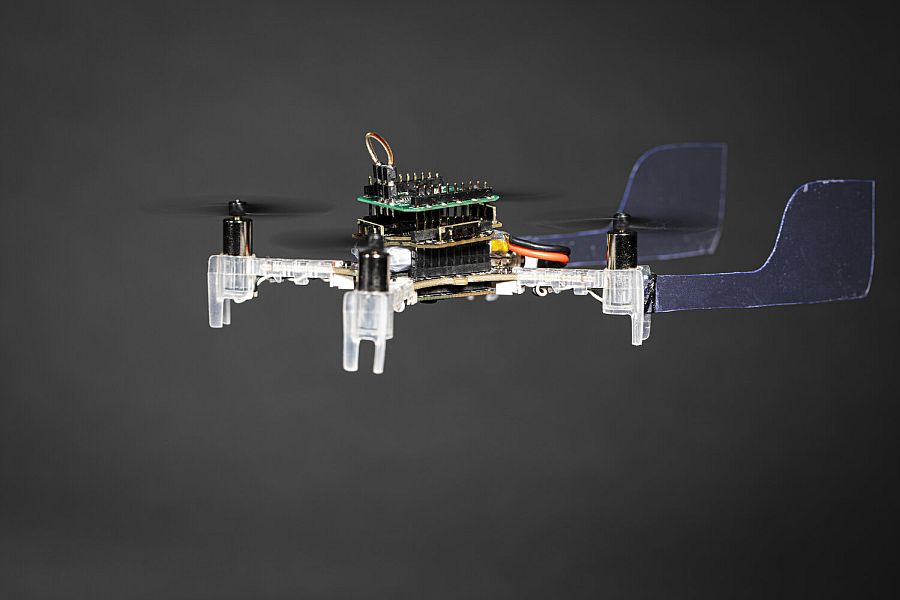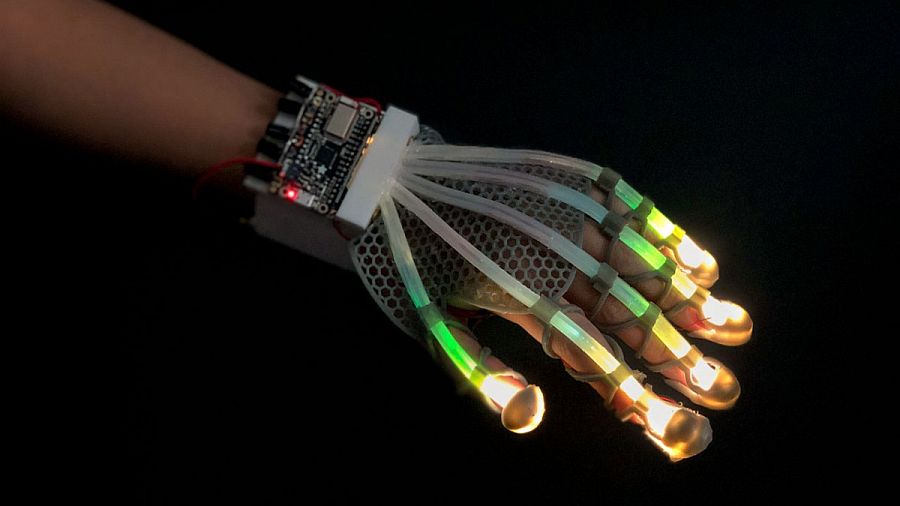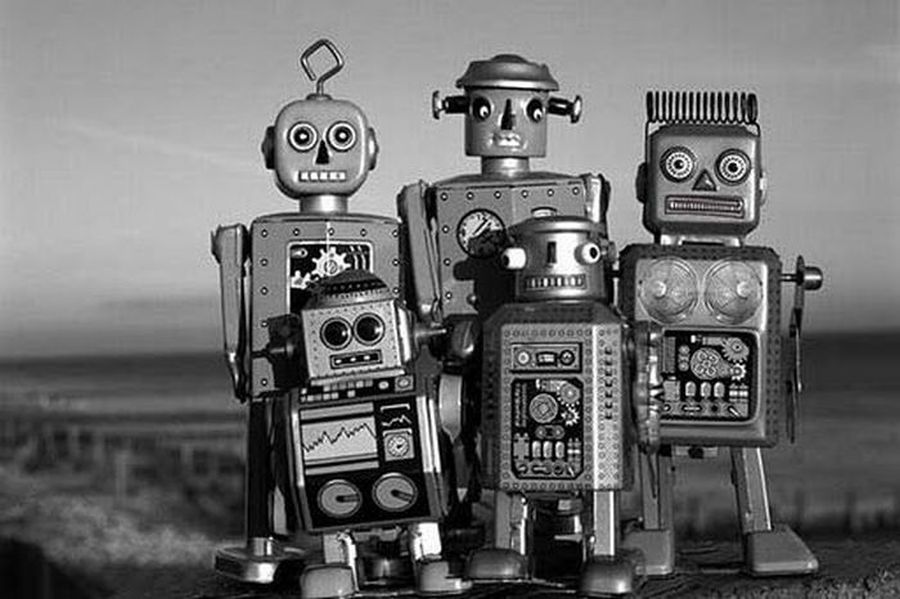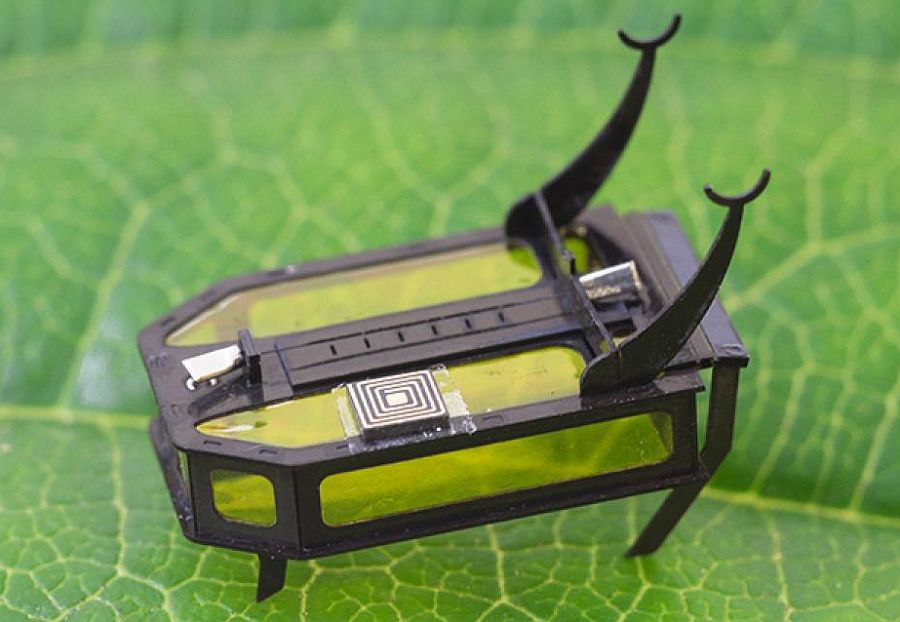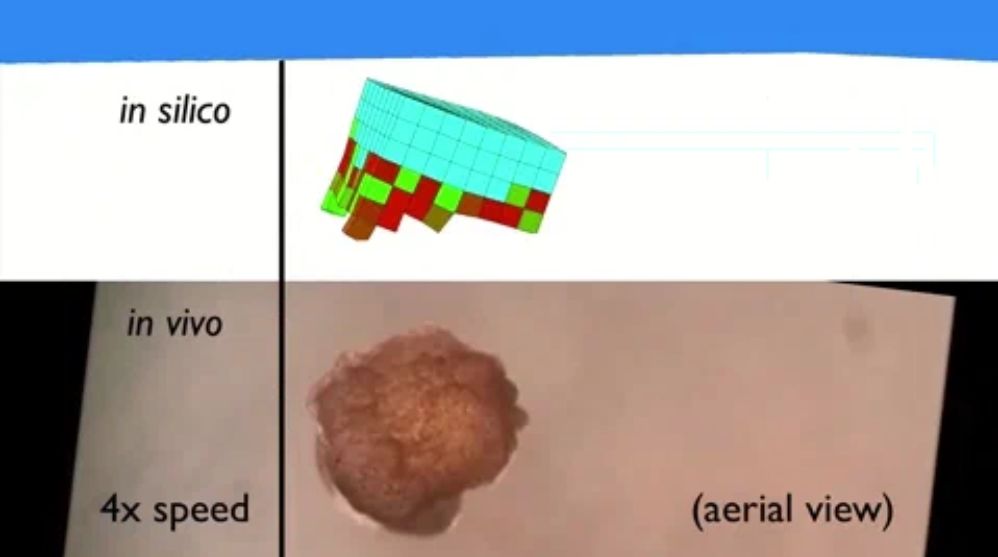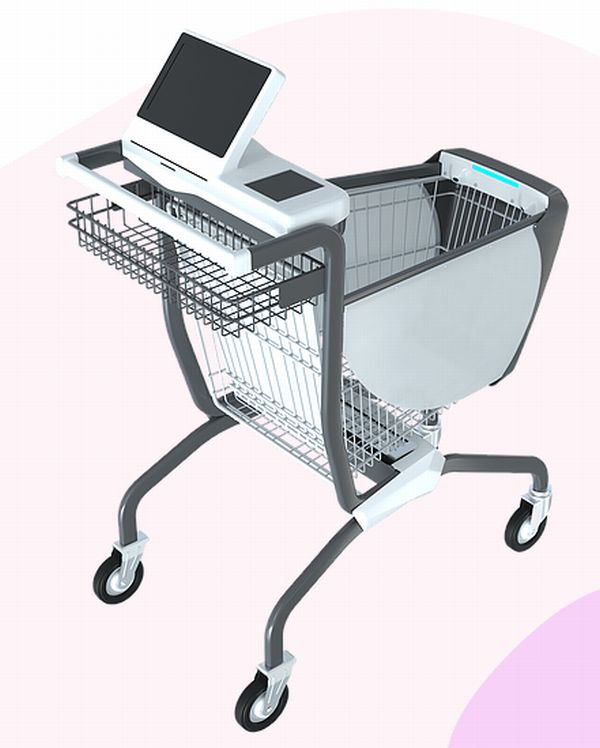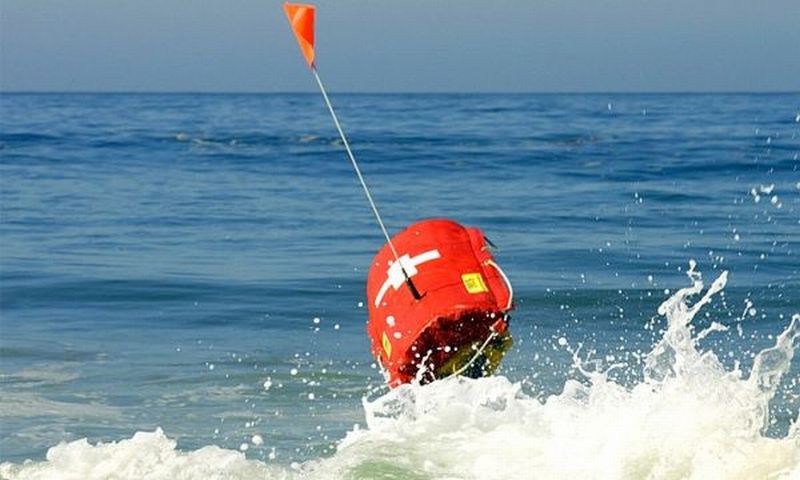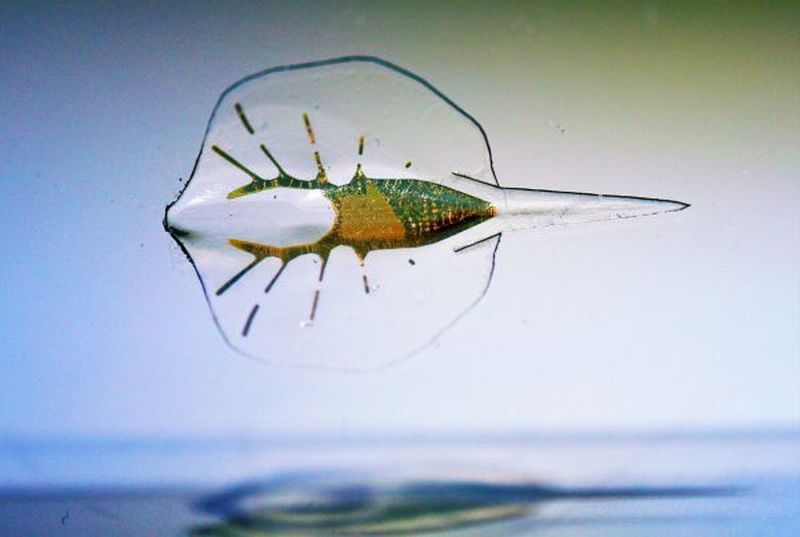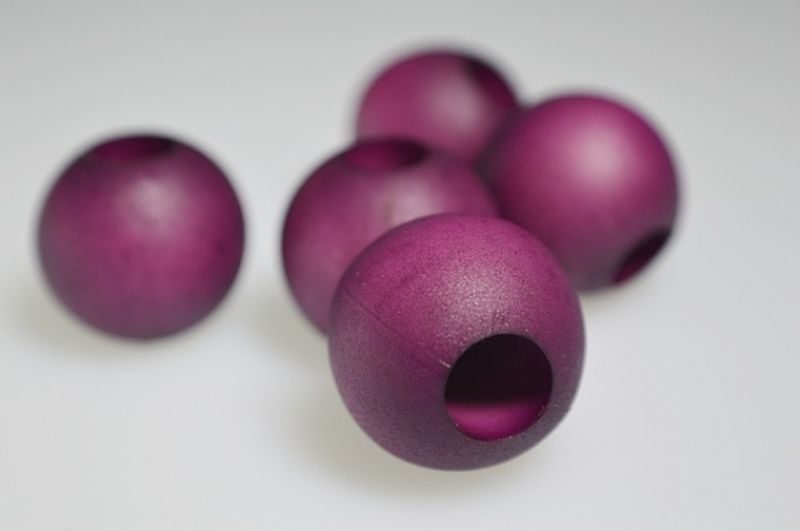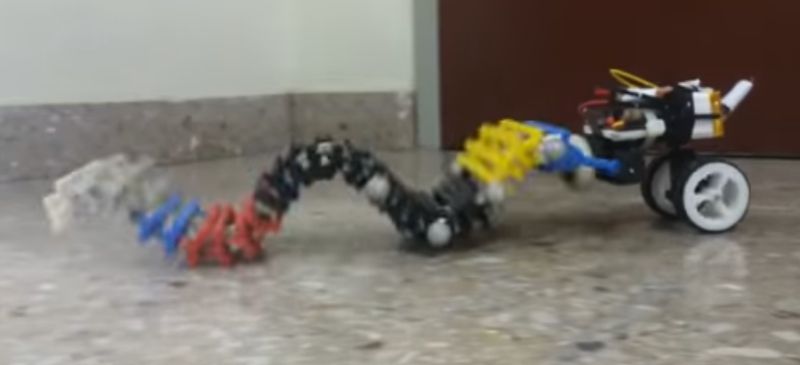Researchers at the University of California San Diego have come up with an innovative approach in creating soft bot that is devoid of any electronics. Rather it is an air powered robot. All its controls and locomotion are done with the help of pressurized air.
Read MoreTag: robotics
Soft Artificial Tactile Sensor for Robots: Electronic Skin
In a collaborative research co-led by City University of Hong Kong scientists have created an innovative tactile sensor that resembles the characteristics of human skin. Mounted at the fingertip, the sensor is capable of holding delicate objects and thread a needle.
Read MoreSuper Strong Artificial Muscles: Interactive Soft Robotics
An Italian team of researchers lead by Prof. Marco Fontana, in collaboration with the departments of Industrial Engineering of the Universities of Trento and Bologna, have created an Electrostatic Bellow Muscle (EBM) to fabricate efficient small-scale robots. The innovative robotic muscle has potential of powering itself for a long period of time beyond its preliminary charge.
Read MoreSmellicopter uses Antennae from Anesthetized Moths: Biomimicry
We as humans have a huge legacy of evolution yet we always fall short in front of nature. Nature has its own rate of progression and it never fails.
Read MoreTactile Sensation For Soft Robotics: Stretchable Sensor
Sensors that could stretch will pave way towards new intelligent soft systems. Working on the same line of thought Cornell researchers have combined fiber-optic sensor with no so expensive LEDs (light-emitting diode) and dyes. The outcome is a form of a stretchable “skin” that is able to spot topographical distortions like pressure, bending and strain.
Read MorePortable Docking Station For Autonomous Charging: Marine Robotics
Rescue missions under natural disasters or man-made catastrophes are not only threatening for the safety of people but also quiet complex and dangerous for a rescue team. In order to increase the efficiency, robots are used in search and rescue (SAR) missions.
Read MoreRobot Fiction Defines Robotics: Japan vs The West
Skynet, Terminator or maybe Matrix these are the names that might come to our minds when we think of robots combined with artificial intelligence (AI). And what does these cults represent, fear!
Read MoreRoBeetle: Autonomous Crawling Bot Driven By Methanol Combustion
Researchers have long envisioned designing tiny intelligent autonomous machines that are capable of exploring dangerous environments or the areas where tiny bots can work with full efficiency.
Read MoreXenobot: AI is Pushing the Best Way to Construct Itself
Scientists at the University of Vermont, have created a new class of artifact, called xenobots. They have used frog’s stem cells to fabricate first living robots.
Read MoreCaper Smart Shopping Cart (w/Video): Trolley with Deep Learning and Machine Vision
Autonomous, by far, has limited with the use of robotics or car but lately, the concept has encircled shopping carts as well. In the coming future, retail stores would offer “consumer has it all” experience by simply grabbing and going option.
Read MoreInterview: Robert Cheek, Head of Business Dev at UVify, San Jose, CA
Recently, we got the pleasure of having a virtual meet up with Drone and AI startup UVify’s, Head of Business Development, Robert Cheek. UVify’s new Draco drone was the main attraction at CES 2017. The startup has developed technologies that can provide drone racing to general public. For those who are interested, Draco is currently up for pre-order, at $499. Shipping is expected to start by the next quarter.
Read MoreRobot for Marine Salvage at Dubai (w/Video): Robotic Beach Lifeguard Technology
Emily – a remote controlled robotic lifeguard will be soon deployed at Dubai’s beaches for rescue missions. Boat shaped Emily is the latest technology used by the Dubai Municipality for ensuring safety of the beachgoers.
Read MoreMuscles Powered Biohybrid Devices: Robotics with Tissue Engineering
Let’s picture the word, “Robot”, immediately, we get a glimpse of self operating machines, with nuts-and-bolts as building blocks. These machines are permeating all sections of our society. Machine human relationship has crossed the realms of science fiction. In fact, machine learning has become one of the most interesting and sought-after science, sprouting artificial intelligence (AI).
Read MoreMicrobeads To Deliver Medicines in the Body: Microswimmer Robots (w/Video)
With the advancement in the medical field, scientists are trying to develop non-invasive treatment techniques. In one such study carried out by scientists, from Drexel University in Philadelphia, have created a tiny magnetic robot that they believe can be used for targeted drug delivery or conduct non invasive small scale surgeries.
Read MoreBiomimicry: Crawling, Swimming and Climbing Inchworm Robot (w/Video)
Adding to the existing list of bio inspired robot, researcher David Zarrouk and his team, from Ben Gurion University of the Negev has successfully developed an inchworm robot that employs a single motor to produce a pure wave motion and is known as SAW (Single Actuator Wave-like Robot).
Read More
